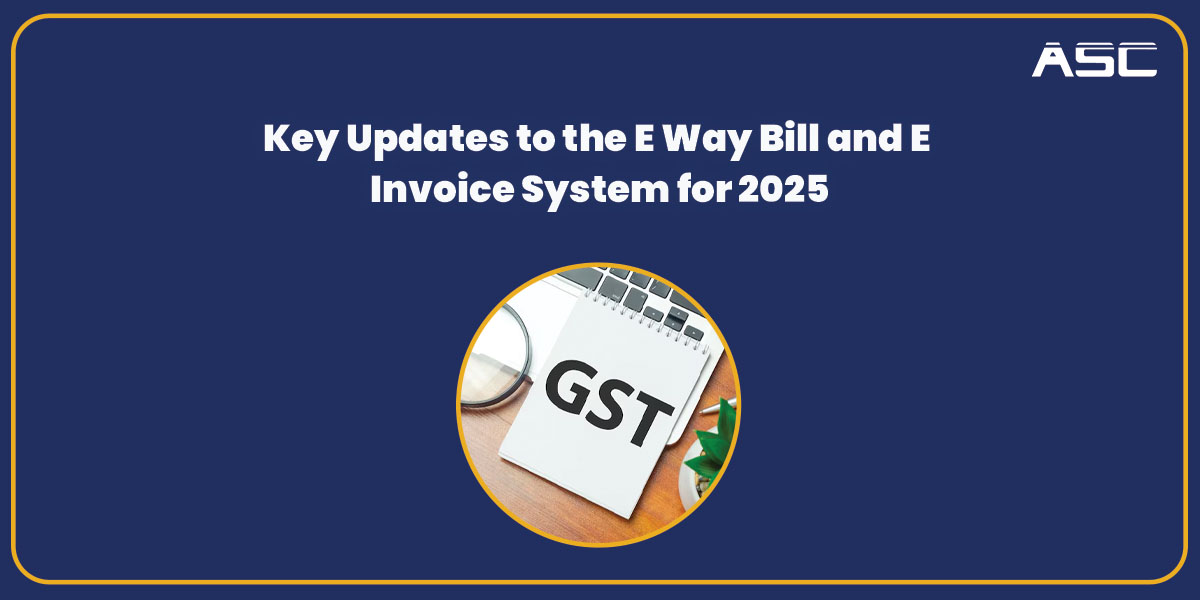Key Updates to the E-Way Bill and E-Invoice System for 2025

The Goods and Services Tax Network (GSTN) has announced comprehensive updates to their E-Way Bill and E-Invoice systems that will come into effect from January 1, 2025. These changes mark a significant shift in how businesses will handle their GST compliance and documentation processes.
Why Do These Changes Matter?
In an era where digital security is paramount, these updates represent GSTN's commitment to strengthening the entire GST ecosystem. The changes will affect millions of taxpayers across India, introducing stronger security measures while streamlining the documentation process.
- Enhanced Security Protocols: These updates will significantly improve data protection and privacy, helping to safeguard sensitive information.
- Greater Compliance Assurance: By enforcing stronger measures, the system aims to reduce the risk of fraud and non-compliance among businesses.
- Streamlined Documentation Processes: The changes will simplify the documentation workflow, making it easier for taxpayers to comply and manage their records effectively.
Key Updates in the E-Way Bill and E-Invoice Systems
This section outlines the critical changes introduced by the GSTN regarding the E-Way Bill and E-Invoice systems. It will detail the implementation of Multi-Factor Authentication, new E-Way Bill generation rules, and more.
-
Multi-Factor Authentication (MFA) Implementation
The existing system has already implemented MFA partially, which has laid the groundwork for stronger security measures in the GST ecosystem. Businesses have been gradually adapting to increased security requirements, ensuring that sensitive data is better protected against unauthorized access.
Phased Implementation Schedule
The new rollout follows a strategic, well-structured three-phase approach designed to accommodate businesses of various sizes and facilitate a smooth transition.
Phase 1 (January 1, 2025)
This phase mandates MFA implementation for large businesses with turnover exceeding Rupee 20 crore. It sets the stage for further enhancements in security for the highest risk categories.
- Mandatory MFA: All businesses with a turnover above Rupee 20 crore must implement MFA, raising the security bar for significant market players.
- Immediate System Updates: Companies must update their systems and processes to integrate MFA before the deadline.
- Training Requirements: Staff will need training to adapt to the new MFA protocols effectively.
Phase 2 (February 1, 2025)
This phase extends mandatory MFA requirements to medium-sized businesses, ensuring a wider coverage of secure practices.
- Broader Impact: Businesses with a turnover above Rupee 5 crore now enter the MFA mandate timeline, expanding the security landscape further.
- Adjustment of Processes: These companies will need to revise their technical and operational practices to comply.
- Authentication Flexibility: The MFA system must accommodate various authentication methods, enhancing usability.
Phase 3 (April 1, 2025)
The final phase makes MFA compulsory for all remaining taxpayers, solidifying a comprehensive security framework.
- Universal Requirement: All taxpayers, including small businesses and startups, must implement MFA, creating a level playing field.
- Overall System Security: This marks the completion of the MFA rollout, ensuring that every participant in the GST system benefits from enhanced security.
- Integration Challenges: All new users will need appropriate training to navigate the MFA system effectively.
How Does MFA Work?
The enhanced authentication system includes multiple layers of verification to fortify security and ensure the identity of users.
- Primary Authentication: Each user must input a unique username and password combination.
- Secondary Verification: An OTP must be provided, which can be sent to the registered mobile number or accessed through approved apps.
- Session Management and Device Recognition: Improved timeout features and device recognition mechanisms help safeguard against unauthorized access.
Revised Rules for E-Way Bill Generation
This section discusses the crucial updates to E-Way Bill generation processes, focusing on time restrictions and extension limitations.
Document Dating and Time Restrictions
The 180-day document dating rule introduces several key changes, fundamentally altering how businesses manage their documentation.
- Validation of Document Dates: All documents must fall within a 180-day window for E-Way Bill generation, preventing backdating and ensuring accuracy in tracking.
- Automated System Compliance: The system will automatically validate document dates to streamline the process and reduce errors.
- Real-Time Tracking: This rule enhances our ability to manage and monitor goods movement accurately.
Extension Limitations
The 360-day extension cap includes important features that redefine how E-Way Bill extensions are handled.
- Strict Deadline Management: Extensions for E-Way Bills are limited to a maximum of 360 days from the original generation, enforcing stricter compliance timelines.
- Clear Notifications: The system will send automatic notifications for approaching expiration dates, helping businesses stay organized.
- History Tracking: An effective extension tracking mechanism prevents indefinite delays and promotes responsible use of the E-Way Bill system.
How To Prepare For These Changes?
This section provides actionable guidance for businesses to ensure a smooth transition to the new requirements.
Immediate Actions Required
This section outlines critical steps businesses should take to adapt to the upcoming changes effectively.
- Technical Preparation:
- Businesses should update their internal systems to integrate MFA seamlessly, ensuring stable authentication processes.
- Documentation Updates:
- Revise documentation practices to incorporate new restrictions and requirements, establishing robust tracking systems for compliance.
- Staff Training Program:
- Implement comprehensive training for staff to manage MFA and the new E-Way Bill procedures confidently.
Compliance Considerations
This section emphasizes essential considerations for maintaining compliance with the new regulations.
- Effective Monitoring Systems: Implement strict monitoring mechanisms to track compliance with the new rules and regulations.
- Regular Internal Audits: Periodically audit compliance processes to identify areas for improvement and ensure adherence to the updated requirements.
Impact on Business Operations
This section analyzes the operational implications of the new rules on businesses of various sizes.
Advantages for Businesses and Taxpayers
This section highlights the advantages that come with these updates for businesses and taxpayers.
- Improved Security Measures: Enhanced security protocols will protect businesses from potential fraud and unauthorized access, strengthening their market position.
- Streamlined Processes: Simplifying documentation processes will save time and resources, allowing businesses to focus on their core operations.
Potential Challenges
This section discusses the difficulties that businesses may face in adapting to the changes.
- Adaptation Period: There may be an initial learning curve as businesses adjust to the new MFA requirements and documentation processes.
- Resource Allocation: Companies may need to invest resources in technology upgrades and staff training, which could strain smaller operations.
Conclusion: Embracing the Change for a Better GST Ecosystem
The updates to the E-Way Bill and E-Invoice systems represent a pivotal shift in India's GST framework. While the transition may pose challenges, proactive preparation will help businesses seize the benefits of enhanced security and streamlined processes. By adopting these changes, taxpayers not only comply with regulations but also contribute to a more secure and efficient tax environment.

Leave a Reply